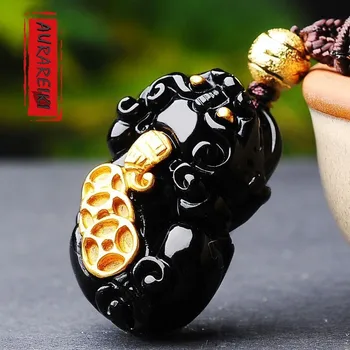Maitreya, in Buddhist tradition, the future Buddha, presently a bodhisattva residing in the Tushita heaven, who will descend to earth to preach anew the dharma (“law”) when the teachings of Gautama Buddha have completely decayed.
Maitreya is the earliest bodhisattva around whom a cult developed and is mentioned in scriptures from the 3rd century CE. He was accepted by all schools of Buddhism and is still the only bodhisattva generally honoured by the Theravada tradition.
The name Maitreya is derived from the Sanskrit maitrī (“friendliness”). In Pali the name becomes Metteyya, in Chinese Milefo, in Japanese Miroku, and in Mongolian Maidari; in Tibetan the bodhisattva is known as Byams-pa (“Kind,” or “Loving”).
His worship was especially popular from the 4th to the 7th century, and his images are found throughout the Buddhist world; many of them beautifully convey his characteristic air of expectancy and promise. He is represented in painting and sculpture both as a bodhisattva and as a buddha, and he is frequently depicted seated in European fashion or with his ankles loosely crossed.
Obsidian is mostly produced in Central America and North America, is the national stone of Mexico. It is a common black gemstone and volcanic crystal, also known as Longjing and Shishengshi, usually dark. It belongs to one kind of igneous rocks, not to crystals. Crystals are crystals. Although obsidian is mainly composed of SiO 2 (SiO 2), it is a naturally formed silica. Amorphous and microcrystalline colloidal SiO 2 is not glass. Nowadays obsidian is processed into life Buddha and becomes the patron saint of people.
 US Dollar ($)
US Dollar ($)














